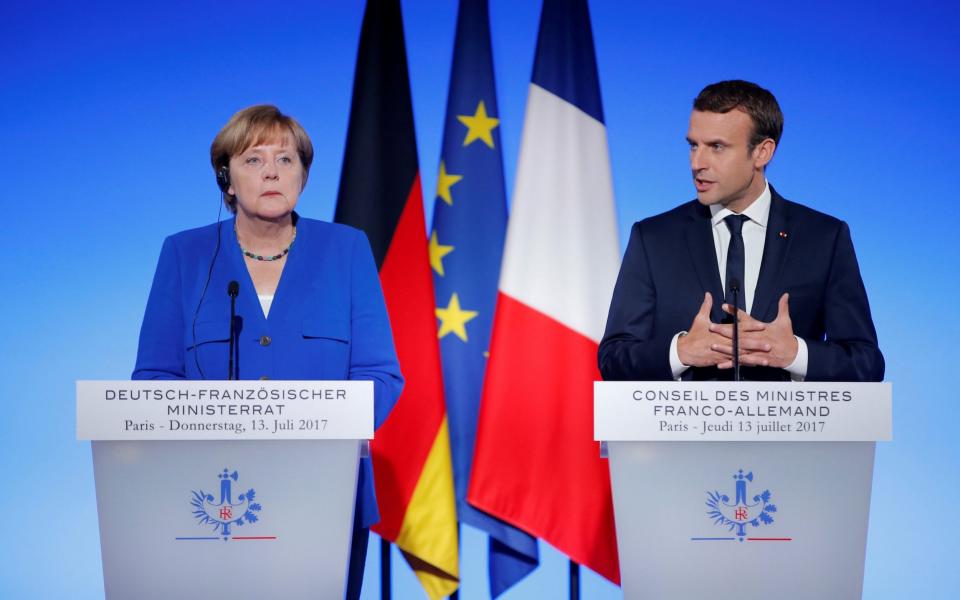Eurozone maintains strong growth at the end of 2017, as Italy continues to lag other states

The eurozone continued to see strong growth in the final three months of last year, official data has confirmed.
Economic activity remained strong in the last quarter of 2017, with GDP growth of 0.6pc. This marks a slight slowing from the previous three months, down a percentage point. The outlook for 2018 remains robust, however, with a consensus forecast from economists of 2.2pc growth for the area this year.
On a country-by-country basis, Italy’s performance proved slightly weaker than expected at 0.3pc for the last three months of the year. Predictions had been for 0.4pc growth. This contrasts with some survey data which show an optimistic outlook for its manufacturing industry, and sees the state continuing to lag other countries in the currency union.
The Spanish and French economies grew by 0.7pc and 0.6pc respectively.
The German economy, which grew by 0.6pc from October to December, appeared largely unaffected by the prolonged political uncertainty as a coalition government was formed. Chancellor Angela Merkel took four months to form a grand coalition with the centre-Left Social Democrats (SPD).

Improved political stability aside, new wage agreements in some areas such as a steel and metal – following strikes in the country – are likely to add to wage growth and lead to increasing inflationary pressures in the economy. This will add to calls for the ECB to raise interest rates more quickly.
Jan Kozak of Morgan Stanley said: “[The wage increase] comes as the economy is running above full capacity and pipeline pressures [on inflation] are increasing.”
The US bank said it believed a centre-Right victory in Italy is “quite likely” in the March 4 general elections. This might mean higher levels of public spending, which could push up deficits, bringing the political leadership into greater conflict with the EU fiscal rules.
In a separate report on industrial production in the bloc, there was a 0.4pc rise in output. According to Claus Vistesen of Pantheon Macroeconomics this “added weight” to the belief that the eurozone economy was strengthening towards the end of 2017 with the industrial sector “firing on all cylinders”.
He warned that warm weather, particularly in France, is likely to have caused a sharp drop in energy production in January, however.

 Yahoo Finance
Yahoo Finance 